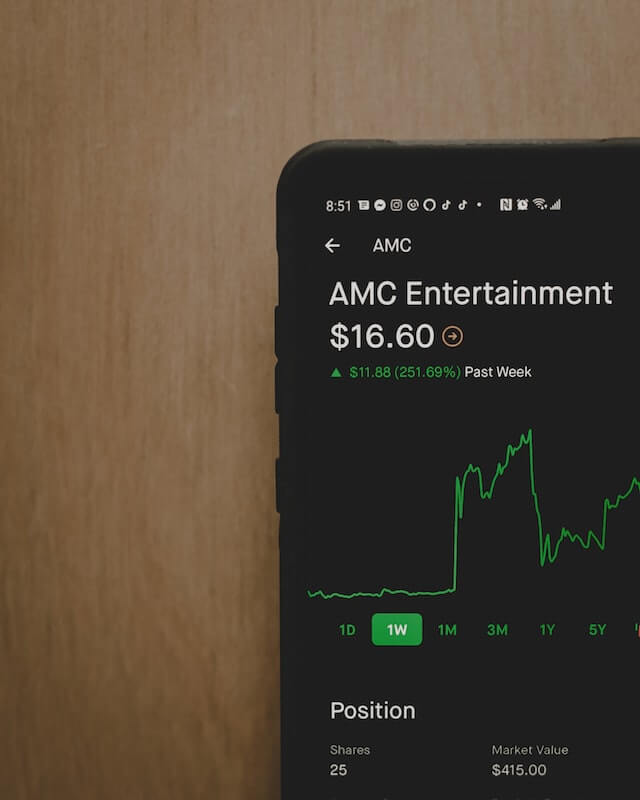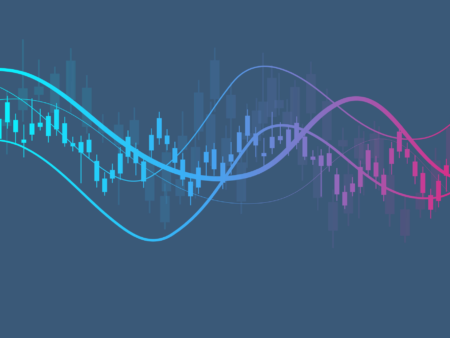Reading volume indicators in Forex is easy. Indicators are usually displaying green and red bars. The rise in Green bars indicates that volume increases and bulls are moving price higher than the previous bar’s close. The red bar is the opposite and represents volume taking price down.
Traders should master technical analysis when trading forex, which is an important skill. Volume analysis is an essential component of technical forex analysis.
Price trends can be changed by volume. A great deal of trading volume accompanies breakouts of key positions both in uptrends and downtrends. As the forex market becomes denser, we can predict future market change based on the increase or decrease in trading volume of both the long and short sides.
It is like shooting an arrow without opening your eyes when you do technical analysis without volume analysis. There is no doubt that hitting the target is difficult. This article introduces key points related to volume analysis and its effectiveness in forex trading.

What’s Volume is Forex Trading?
Forex volume is entirely different from stock market volume. All investors trade and sell lots of stock in the stock market, which is the trading volume. Turnover measures how many lots have changed hands within a specified time in a currency pair or the entire market (also known as a quantitative sample in FX trading). The amount of currency exchanged between sellers and buyers is a measure of trading activity.
As the spot FX market is decentralized, partial volume figures proxy for the overall numbers. The volume of a market does not equate to speed or volatility, as a thin market can increase or decrease rapidly.
Over a specific period, the volume represents the amount of financial assets that have changed hands in the financial markets. Traders can determine the overall market sentiment by comparing volume levels and price data. Trading strategies based on this volume data could gain a helpful edge.
Decentralized markets, however, are used in forex trading. Without a direct exchange, there is no way to determine the exact amount of currency traded at any point. There are, therefore, differences between broker platforms regarding volume data. The FX market often ignores this data because of this reason. It is possible, however, to fine-tune trading strategies using volume data with the right tools.
What’s the Tick Volume?
There are two ticks: up ticks and down ticks, representing a change in the currency price quote. An increase in the tick volume indicates that numerous traders have opened or closed their trades in a particular period of time because one tick equals one trade.
Buying and selling currency pairs at desired prices is more accessible when the trading volume is high because there are more traders on the other side. Liquidity is another term for this. A price increase coupled with increased buying volumes signals buyers are in control. Prices are also controlled by sellers when they decline.
Spot forex tick volumes differ from actual traded volumes, but studies have shown a strong positive correlation between the two. Real volume and price updates are correlated by more than 90%. In conclusion, tick volume data has a lot of value. However, it is important to note that tick-based volumes and future exchange volumes are not considered “true” volumes.
How to measure volume by Counting the Tick Movements?
Like the stock market, the Forex market is decentralized, so there are no formulas or methods to keep track of the number of contracts and their sizes. By counting ticks, the Forex market measures volume. Here’s how it works:
- Each tick represents a price change.
- Rather than measuring how many contracts are sold, the Forex market measures how many ticks the price changes over time.
- Measures can still be made by counting the number of ticks that the price moves up and down.
- Due to this, the net effect of the price movement will be measured regardless of how many transactions have been completed. Rather than analyzing the process, we focus on the next result. In the Forex market, volume is measured by how much the price moves within a certain period. It doesn’t matter how many or few buying and selling transactions it takes to move the price to 1 tick. It doesn’t care if there were 100 trades or 10,000. It just knows how many ticks it moved.
How to Use Volume to Improve Your Trading?
When buyers and sellers coordinate their purchases or sales, price fluctuations occur. Markets rise when there are more buyers than sellers; they fall when there are more sellers than buyers.
There is no doubt that this statement is true, but it depends heavily on the amount of buying or selling. There may be 100 buyers purchasing half of a lot each, but only one seller selling 100 lots. Due to the fact that a seller’s actual volume is greater than the sum of all 100 buyers’ volumes, the market price falls instead of rising.
Our next topic is the volume indicator in the forex market, which deserves special attention. A list of indicators in MetaTrader 4 (and indeed any other trading platform) is independent of volatility and trend, as shown in the table below. Therefore, paying special attention to this set of indicators is essential. Each of these indicators has its function and is very important (as you can see in the table). The MetaTrader 4 platform provides at least four of these indicators by default. Nevertheless, volume indicators summarize what we need to know about them.
Adding this indicator to the bottom part of the screen below the price chart is the same as adding any other trend indicators or oscillators.











